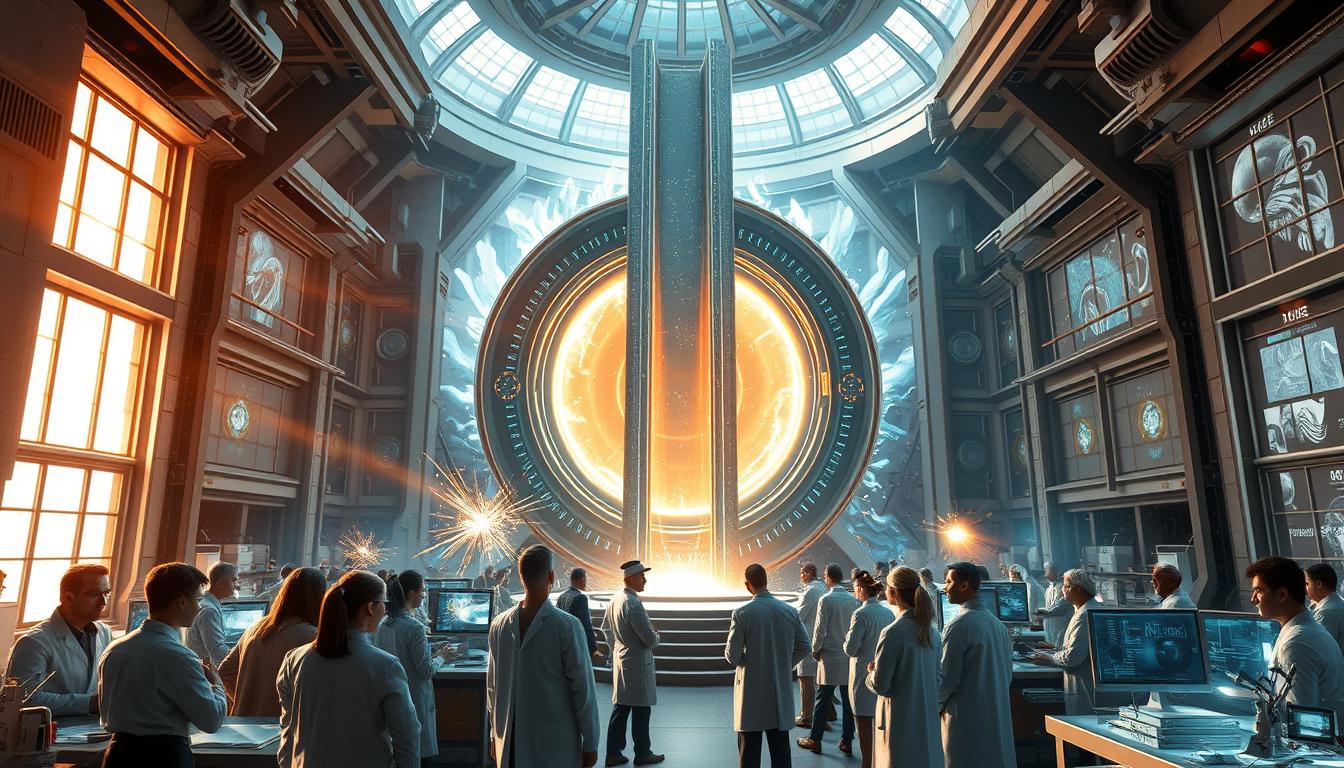During the height of the Cold War, the United States government launched a secretive initiative to explore unconventional methods of gathering intelligence. Known as the Stargate Project, this program was a joint effort by the CIA and DIA to investigate psychic phenomena. Its origins date back to the 1970s, a time when the U.S. was deeply concerned about Soviet advancements in unconventional warfare.
The primary goal of the program was to counter Soviet threats using psychic abilities, such as remote viewing. For over two decades, the Stargate Project remained classified, shrouded in mystery and controversy. Despite its eventual declassification, its legacy continues to spark debates about the intersection of science and the paranormal.
Interestingly, the program’s modern parallels can be seen in today’s AI initiatives. In a twist of irony, the announcement of a new Stargate AI project in 2025 has reignited discussions about the role of unconventional methods in national security.
Key Takeaways
- The Stargate Project was a Cold War-era CIA/DIA initiative exploring psychic phenomena.
- It began in the 1970s and operated for 20 years before being declassified.
- The program aimed to counter Soviet threats through unconventional means.
- Its legacy remains controversial, with modern parallels in AI initiatives.
- The 2025 announcement of a new Stargate AI project adds an ironic twist to its history.
What Was the Stargate Project?
In the shadows of Cold War tensions, a classified initiative emerged to explore uncharted territories of the human mind. This program, shrouded in secrecy, aimed to harness psychic abilities for intelligence purposes. It was a bold step into the unknown, blending science with the paranormal.
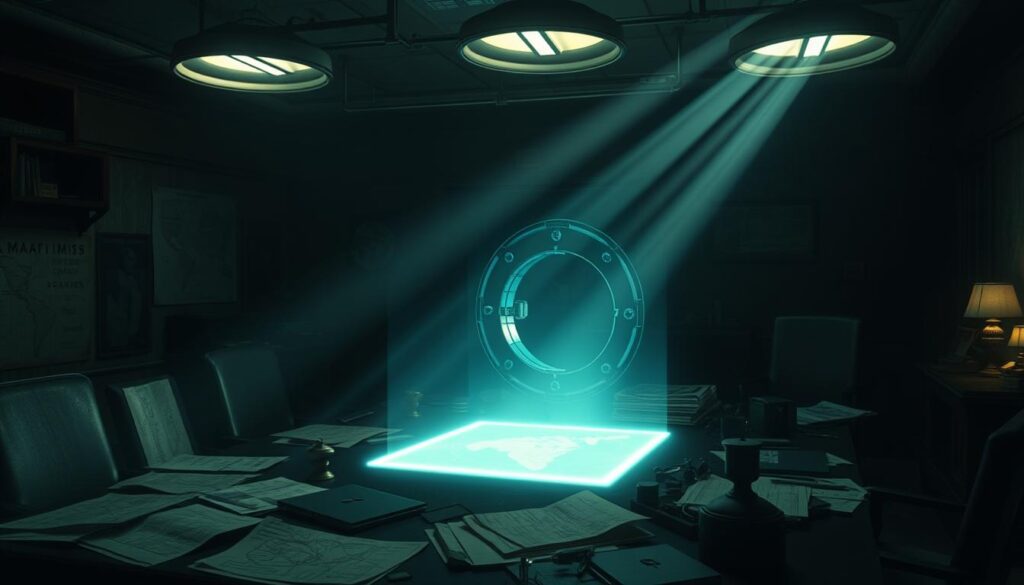
The Birth of a Secret Program
The program began in the 1970s, a time when global powers sought every edge in the arms race. The U.S. government, concerned about Soviet advancements, launched this initiative to counter potential threats. It was a joint effort by the CIA and DIA, operating under strict confidentiality.
Goals and Objectives
The primary missions of the program were clear and ambitious:
- Remote viewing foreign installations: Gathering intelligence on enemy locations without physical presence.
- Predicting threats: Anticipating potential dangers before they materialized.
- Psychic counterintelligence: Detecting and neutralizing psychic espionage efforts.
Beyond these missions, the program had broader applications. It was intended to assist in hostage crises and missing persons cases, offering hope in dire situations. Unexpectedly, it also delved into UFO phenomena and extraterrestrial intelligence, sparking intrigue and debate.
The Pentagon even explored the potential for psychic weaponization, adding another layer to its development. While the original goals focused on human capabilities, the 2025 AI initiative shifted attention to technological infrastructure, marking a stark contrast in plans.
The Science Behind Psychic Spies
The exploration of psychic phenomena took a scientific turn during the Cold War era. Researchers sought to harness the power of the human mind for intelligence purposes. This led to groundbreaking experiments and controversial claims that still spark debate today.
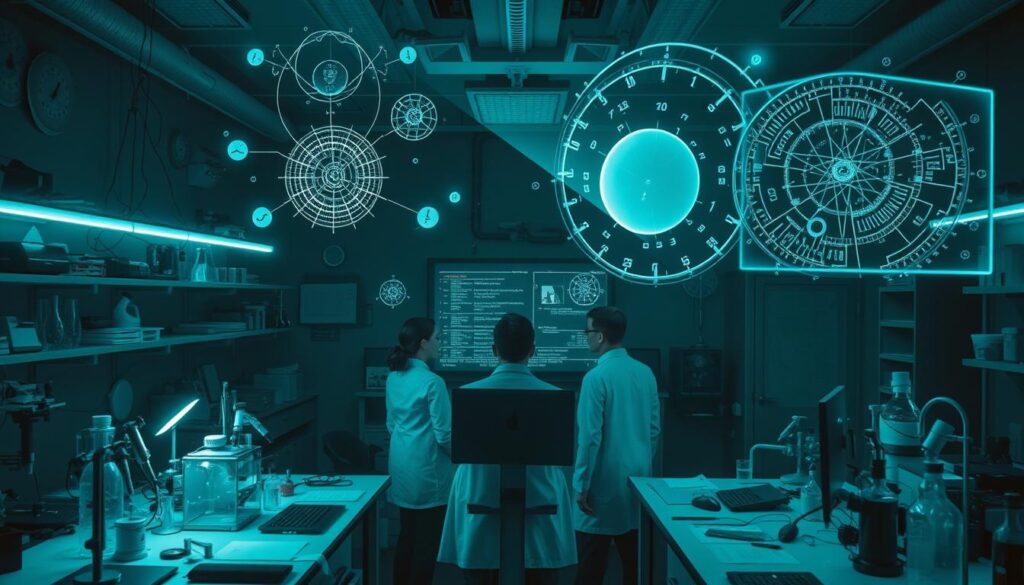
Remote Viewing Explained
Remote viewing became a cornerstone of psychic research. It involves perceiving distant or unseen targets using only the mind. One notable experiment involved Uri Geller and the Stanford Research Institute. Geller’s alleged ability to bend spoons and read minds fascinated scientists.
Another claim suggests remote viewers successfully located Soviet Typhoon-class submarines. While these successes remain unverified, they highlight the program’s ambitious goals. The NSA even explored psychic cryptography breaking, adding another layer to its development.
Telepathy and Clairvoyance
Telepathy, or mind-to-mind communication, and clairvoyance, the ability to see distant events, were also studied. These abilities were seen as potential tools for intelligence gathering. The company of researchers included prominent scientists and government officials.
Modern parallels can be drawn to neural interface technology. DARPA continues to invest in enhanced cognition programs, showing that the quest for mental power persists. The Cold War may be over, but the fascination with psychic abilities endures.
Key Figures in the Stargate Project
Behind the veil of secrecy, a unique group of individuals emerged to shape the program. These key figures included government leaders, scientists, and psychic spies, each contributing to its unconventional goals. Their diverse backgrounds and talents made the initiative a fascinating blend of science and mysticism.
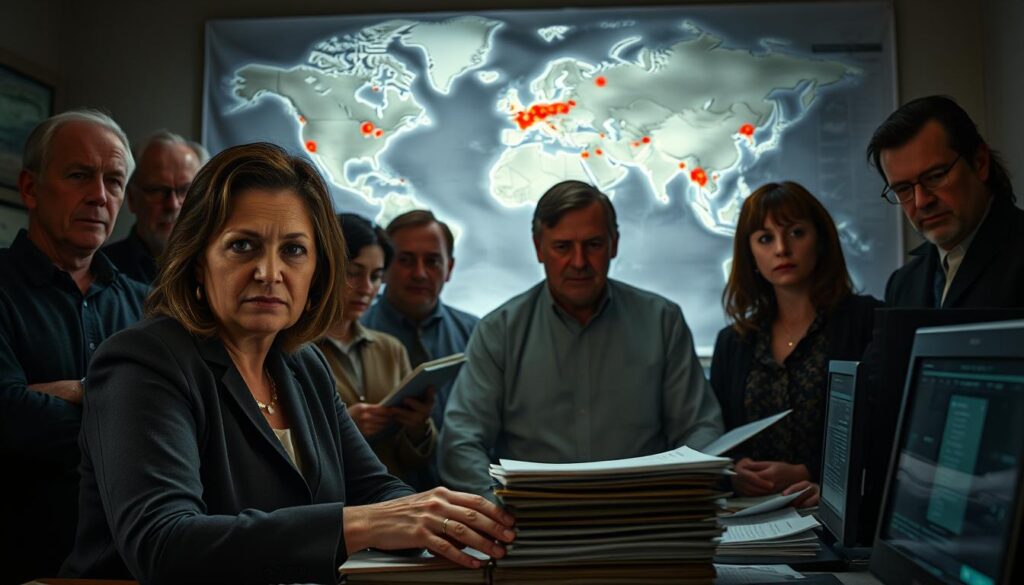
Government Leaders and Scientists
The program was supported by high-ranking officials and researchers who believed in its potential. Scientists worked alongside military leaders to explore the boundaries of human intelligence. Their collaboration laid the groundwork for groundbreaking experiments.
Notably, the CIA recruited artists and mystics as civilian contractors. These individuals brought a fresh perspective to the program, blending creativity with scientific rigor. Their involvement highlighted the unconventional nature of the initiative.
The Psychic Spies
At the heart of the program were the psychic spies, individuals with extraordinary abilities. Among them, Joseph McMoneagle, Pat Price, and Ingo Swann stood out. Each had a unique skill set that contributed to the program’s success.
- Joseph McMoneagle: A military veteran known for his accuracy in remote viewing.
- Pat Price: A former police officer with a knack for detailed psychic insights.
- Ingo Swann: An artist and researcher who pioneered remote viewing techniques.
Participants in Project Grill Flame often had military backgrounds, bringing discipline and focus to their work. The debate between natural psychics and trained individuals was a recurring theme. Some believed abilities were innate, while others argued they could be developed through training, much like how one can develop clairvoyance.
Modern parallels can be drawn to AI training data acquisition. Just as the program relied on diverse talents, today’s tech initiatives depend on varied data sources to achieve their goals. The legacy of these key figures continues to inspire innovation in unconventional fields.
Notable Missions and Outcomes
Among its many ventures, the initiative produced some remarkable outcomes. Its development spanned over two decades, leaving a lasting impact on intelligence operations. Declassified reports reveal surprising successes and challenges that shaped its legacy.
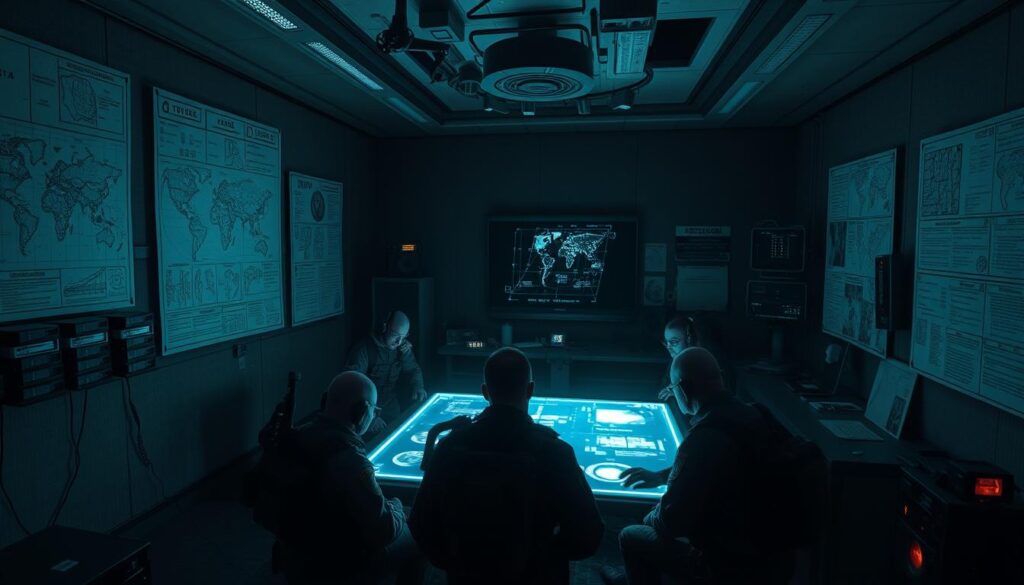
Case Studies of Remote Viewing
Remote viewing played a central role in the program’s missions. Reports indicate a 15% actionable intelligence rate from psychic data. One notable case involved the NSA, which used remote viewing for cryptographic purposes. This application showcased the program’s versatility in unconventional fields.
Another significant achievement was its influence on the FBI’s Unabomber investigation. Psychic insights reportedly provided leads that aided the case. These examples highlight the program’s potential, despite ongoing debates about its scientific validity.
Impact on Intelligence Operations
The program’s total funding reached $20 million, a modest sum compared to modern ventures. In contrast, the 2025 AI initiative is projected to cost $500 billion. This stark difference underscores the shift from human-centric methods to technological solutions.
By the final year, the program had evolved significantly. However, the DIA now excludes psychic methods from its operations. This decision reflects changing priorities and skepticism about unconventional approaches.
| Aspect | Stargate Program | 2025 AI Initiative |
|---|---|---|
| Total Funding | $20 million | $500 billion |
| Focus | Psychic Abilities | AI Infrastructure |
| Current Status | Excluded by DIA | Active Development |
Conclusion: The Legacy of the Stargate Project
The initiative’s journey from Cold War psychic research to modern AI infrastructure marks a fascinating evolution. What began as a $20 million venture has now transformed into a $500 billion investment in cutting-edge technology. This shift highlights the growing importance of data and computing in national security and innovation.
Partnerships with major tech companies like OpenAI and Oracle aim to build massive data centers powered by advanced GPU clusters. These efforts address the increasing energy demands of AI development, equivalent to mid-sized European countries. The geopolitical race with China further underscores the urgency of this investment.
While the original program faced skepticism, its modern counterpart raises new questions about feasibility and resource allocation. As the U.S. strives to lead in AI, the legacy of this initiative serves as a reminder of the bold steps taken in the pursuit of innovation.

